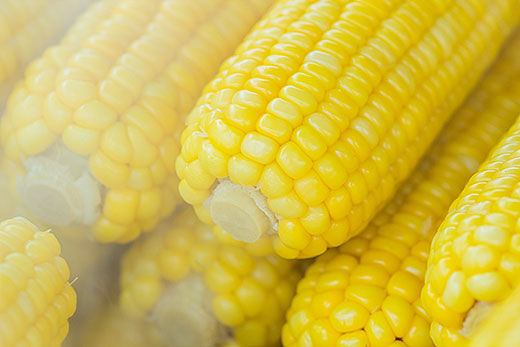Many home gardeners understand a sad truth about the corn earworm: the little critter loves sweet corn just as much as humans do.
It creates a yearly battle to fight back the pesky insect. The adult corn earworm moth lays eggs on developing corn silks and as soon as the eggs hatch, larval cornworms go to work.
“Feeding starts at the tip of the ear and works down,” said Kansas State University horticulture expert Ward Upham.
Corn earworms feed on each other as well as the corn, so even though multiple eggs may hatch on an ear, usually only one is found in each ear., Upham said.
Protecting sweet corn from earworms comes with a couple time-dependent challenges. As corn silks continue to grow, any new silk that is left untreated can be targeted by earworms. Upham recommends applying insecticides every 2 to 3 days in order to be effective, “especially in early July, when peak flight of these moths usually appear,” he said.
Additionally, adult earworm moths prefer juicy silks instead of dry silks, so insecticide only needs to be applied the first two weeks of silking.
What insecticides are most effective? Upham recommends spinosad, on organic insecticide, for home gardeners.
Another organic choice is mineral oil or other light horticultural oils.
To treat the corn, fill a medicine dropper ½ to ¾ full of the oil, then apply inside the silk end of the corn’s ear – where the tips of the silk begin to wilt and brown. Upham said the oil will kill any earworms present and prevent more earworms from entering the ear.
However, he said, take note that applying oil before the silk has begun to brown may lead to partially unfilled ears, as the oil will interfere with pollination.




